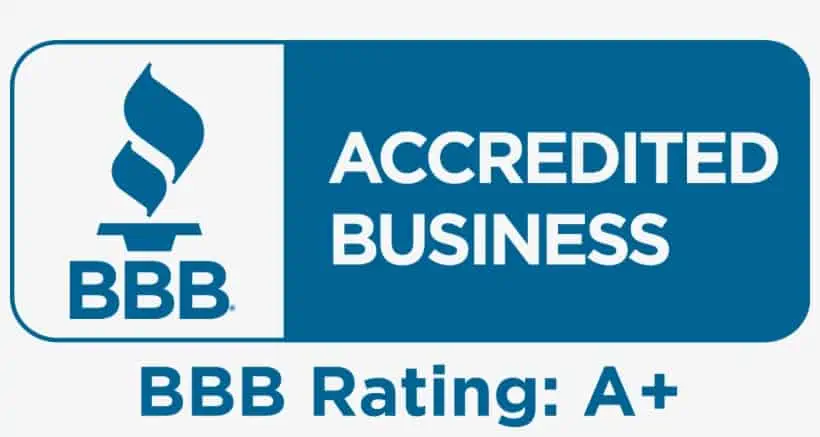
Generally, the 10% early distribution penalty applies to distributions taken from a self-directed IRA prior to the account holder reaching age 59 1/2, and this penalty tax is in addition to federal taxes and possibly state taxes. Fortunately, the 10% early distribution tax penalty is waived if the funds are used for the purchase of the IRA account holders primary residence (the first time home buyer exception). See IRC Sec. 72(t)(2)(F).
First Time Homebuyer Exception -The Required Tests
The following tests must be satisfied in order for the self-directed IRA distribution to fall under the “first-time home buyer exception.”
The distributed funds must be used within 120 days of the date the distribution was received;
Must be a principal residence;
Mus be a first-time home buyer;
Qualifying costs include buying, building, or reconstructing a home;
The home is being purchased for the self-directed IRA owner or her relatives (i.e., her spouse, child, grandchildren, or ancestors of the IRA owner or her spouse; and
The lifetime limit is $10,000 and is aggregated across all the IRA owners IRAs, so not per IRA (see IRC Sec. 72(t)(2)(F).
What is the Definition of a First-Time Homebuyer?
A first-time homebuyer is an individual (and, if married, the individual’s spouse) that had no present ownership interest in a principal residence during the two-year period ending on the date of acquisition of the principal residence (IRC Sec. 72(t)(8)(D)(i)(I)). The date of acquisition means the date on which an individual enters into a binding contract to acquire the principal residence or on which construction or reconstruction of such a principal residence commences.









